In the late 1960s, a series of brutal murders in Northern California sent shockwaves through the nation, igniting fear and fascination. The killer, who would come to be known as the Zodiac Killer, taunted law enforcement and the media with cryptic letters and ciphers, creating one of the most enduring mysteries in American crime history. This tale of intrigue, terror, and unanswered questions continues to captivate true crime enthusiasts and casual readers alike.
The Birth of a Legend
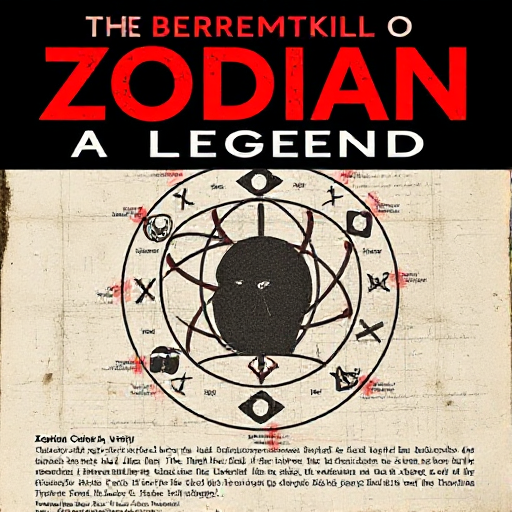
The Zodiac Killer first struck on December 20, 1968, when high school students Betty Lou Jensen and David Faraday were shot near Vallejo, California. Their bodies were discovered on a remote road, and investigators quickly realized they were dealing with a calculated murderer. However, it wasn’t until the killer struck again that the case gained national attention.
On July 4, 1969, Darlene Ferrin and Michael Mageau were attacked in a parked car. Ferrin was killed, but Mageau survived to provide a description of the assailant. Just days later, the Zodiac Killer sent a letter to the San Francisco Chronicle, claiming responsibility for the murders and including a cipher that he challenged readers to solve. This marked the beginning of a chilling game between the killer and the public.
The Letters and Ciphers

The Zodiac Killer’s letters captivated the public and the media. He was not just a murderer but a self-proclaimed genius who reveled in the attention he received. In his letters, he included details about the crimes that only the police knew, further fueling speculation about his identity. The most famous of these letters contained a cryptogram, which he challenged readers to decode.
The first cipher, known as the Z-408, was solved by a teacher and his wife, revealing a message that taunted authorities and expressed the killer’s enjoyment of murder. The Zodiac’s letters were filled with chilling phrases, including his desire to collect trophies from his victims, which he referred to as “slaves.” This macabre fascination with death and control added a layer of horror to his already terrifying persona.
A Series of Murders
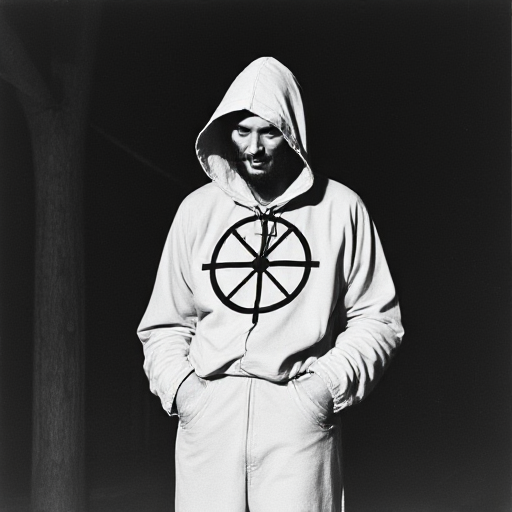
As the Zodiac Killer continued his spree, he claimed responsibility for several murders, including the infamous killings of college students Cecelia Shepard and Bryan Hartnell in September 1969. Hartnell survived the attack and provided a detailed description of the assailant, who wore a hooded costume with a symbol resembling a crosshair. This incident further solidified the Zodiac’s reputation as a cunning and elusive killer.
In December 1969, the Zodiac Killer sent a letter to the police, claiming to have killed 37 people, although only five confirmed victims have been linked to him. The police were left scrambling for leads, while the public became increasingly obsessed with the case. The combination of fear, mystery, and the killer’s taunting letters created a media frenzy, with newspapers running headlines about the Zodiac Killer almost daily.
The Investigation
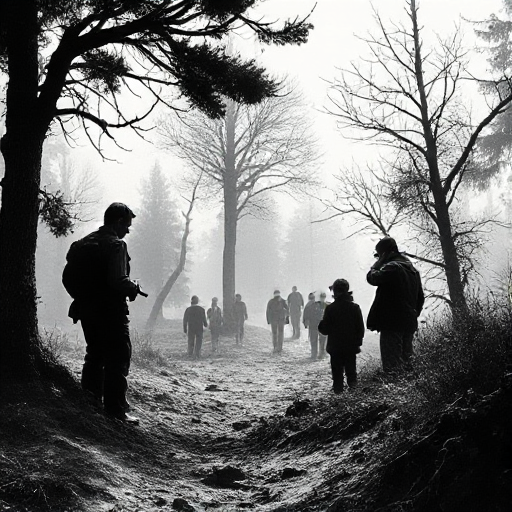
Law enforcement agencies across California launched extensive investigations, but the Zodiac Killer remained elusive. Detectives followed countless leads, interviewed numerous suspects, and even enlisted the help of psychics, but the killer continued to elude capture. The lack of forensic technology at the time made it difficult to gather concrete evidence, and the case grew increasingly cold.
Over the years, several suspects emerged, including Arthur Leigh Allen, a convicted child molester who died in 1992. Despite extensive investigations into his background and connections to the Zodiac case, no definitive proof linked him to the murders. The mystery deepened as new theories and suspects emerged, but none provided the closure that investigators and the public desperately sought.
The Media Circus

The Zodiac Killer’s reign of terror coincided with a period of heightened media interest in crime. The combination of sensational headlines, cryptic letters, and the killer’s taunting nature captivated the public’s imagination. Movies, books, and documentaries began to emerge, each adding layers to the already complex narrative of the Zodiac’s crimes.
In 1971, the Zodiac Killer famously appeared on television, taunting police and the public during a broadcast. This chilling moment solidified his status as a cultural icon of fear and intrigue. The media’s obsession with the case only fueled the killer’s notoriety, and his letters became a part of American folklore.
The Decline of the Zodiac

As the years went by, the Zodiac Killer’s activity slowed, leading many to speculate about his fate. Some believed he had died, while others thought he had simply moved on to a different location. The last confirmed letter from the Zodiac was sent in 1974, and after that, he vanished from the public eye.
Despite the lack of new evidence, the case remained open. Investigators continued to receive tips and leads, but none led to a breakthrough. The Zodiac Killer became a ghost, haunting the memories of those who lived through the terror he inflicted.
The Modern Era
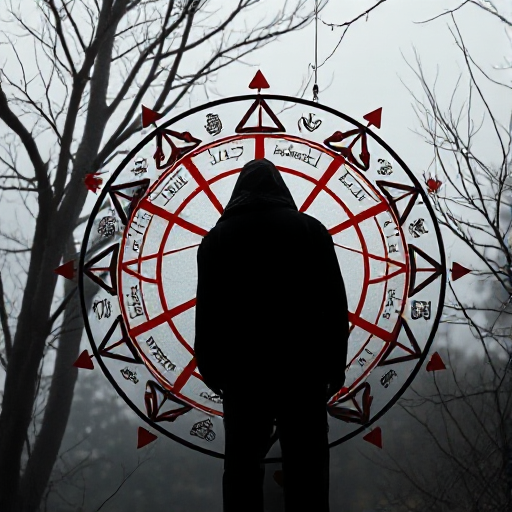
In recent years, renewed interest in the Zodiac Killer has emerged, thanks in part to advances in forensic technology. Cold case detectives have re-examined evidence and re-interviewed witnesses, hoping to uncover new leads. Additionally, amateur sleuths have taken to the internet, sharing theories and dissecting the Zodiac’s letters in search of clues.
In 2020, a team of amateur codebreakers claimed to have solved one of the Zodiac’s ciphers, revealing a message that expressed his disdain for the police. This breakthrough reignited interest in the case, leading to further investigations and discussions about the identity of the killer.
Theories and Speculations
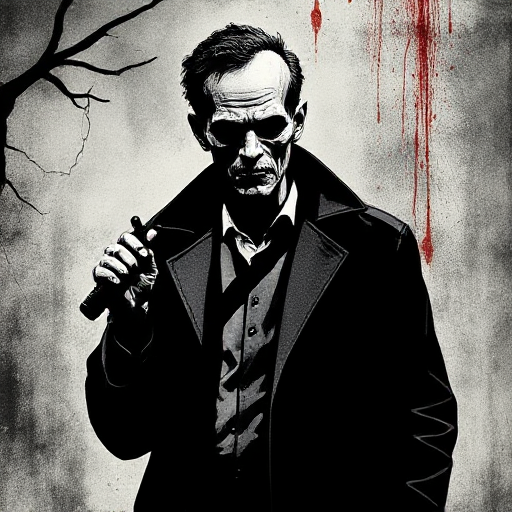
Over the years, numerous theories have emerged regarding the identity of the Zodiac Killer. Some believe he was a member of law enforcement, while others speculate he may have had ties to the military. Theories about his motivations range from a desire for notoriety to a need for control and power.
One popular theory posits that the Zodiac Killer was a local resident who knew the area well, using his knowledge to evade capture. Others suggest he may have had a psychological disorder that drove him to commit such heinous acts. Despite the numerous theories, the true identity of the Zodiac Killer remains a mystery.
The Legacy of the Zodiac Killer
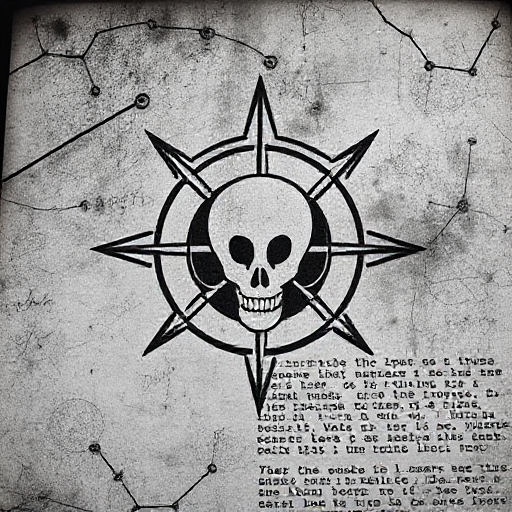
The Zodiac Killer’s story has become a part of American folklore, representing the darker side of humanity and the complexities of criminal psychology. His letters and ciphers continue to fascinate true crime enthusiasts and researchers alike, serving as a chilling reminder of the unresolved nature of his crimes.
As the case remains open, it serves as a testament to the enduring quest for justice and closure. The Zodiac Killer’s legacy lives on, inspiring countless books, films, and documentaries that explore the depths of his depravity and the impact of his actions on the victims and their families.
Conclusion
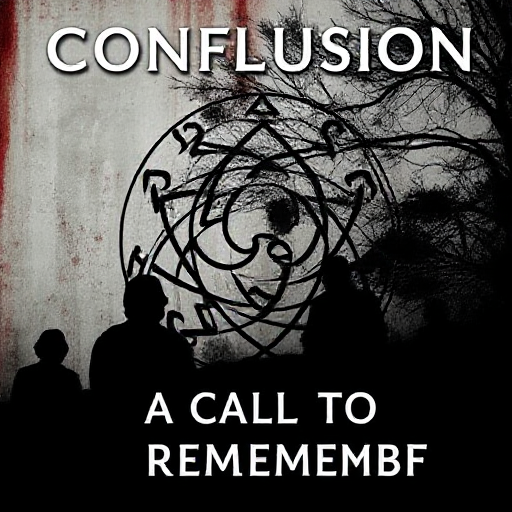
The enigma of the Zodiac Killer is more than just a tale of murder; it is a reflection of society’s fascination with crime and the human psyche. As we continue to explore this chilling case, we invite you to follow our website for more captivating stories that delve into the mysteries of the past. Join us as we uncover the truth behind America’s most intriguing unsolved cases and honor the lives of those affected by violence.
Together, let us remember the victims of the Zodiac Killer and the families left in the wake of his terror. Their stories deserve to be told, and their memories must not be forgotten. The legacy of the Zodiac Killer serves as a reminder of the fragility of life and the importance of seeking justice for those who have suffered.
As we reflect on this haunting tale, we encourage our readers to engage with the ongoing conversation surrounding unsolved mysteries and the impact they have on our understanding of society. Follow our website for more stories that unravel the complexities of human nature, the allure of crime, and the chilling realities that often lie beneath the surface.


